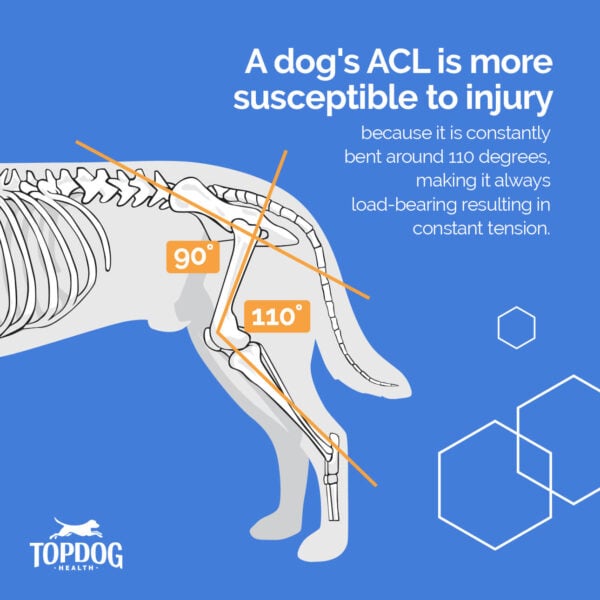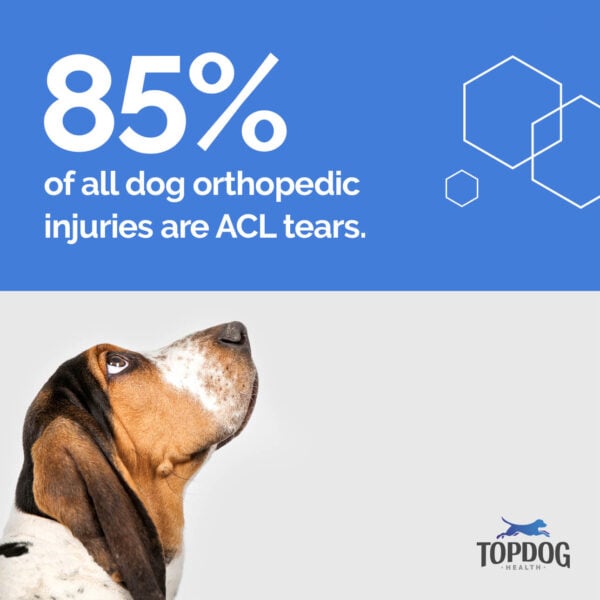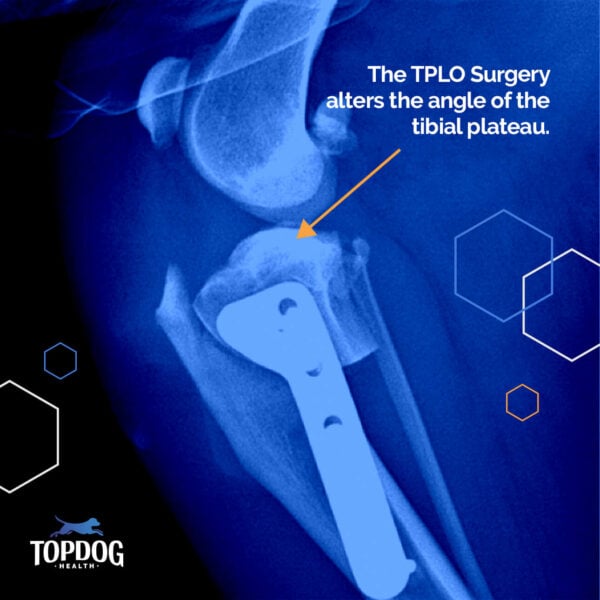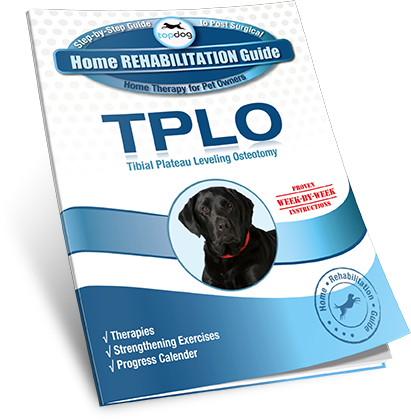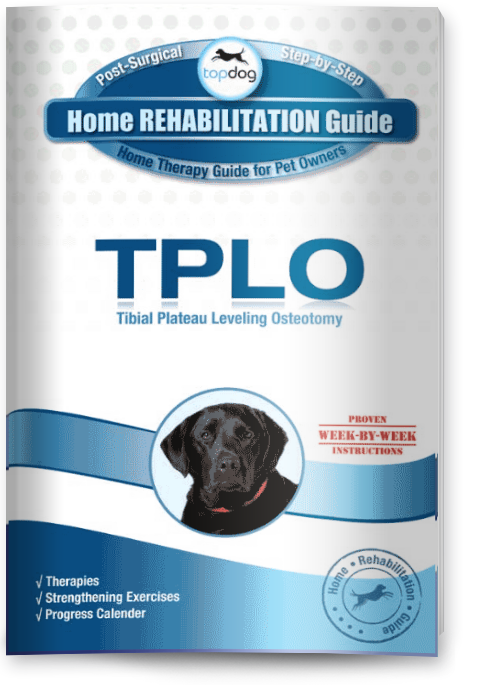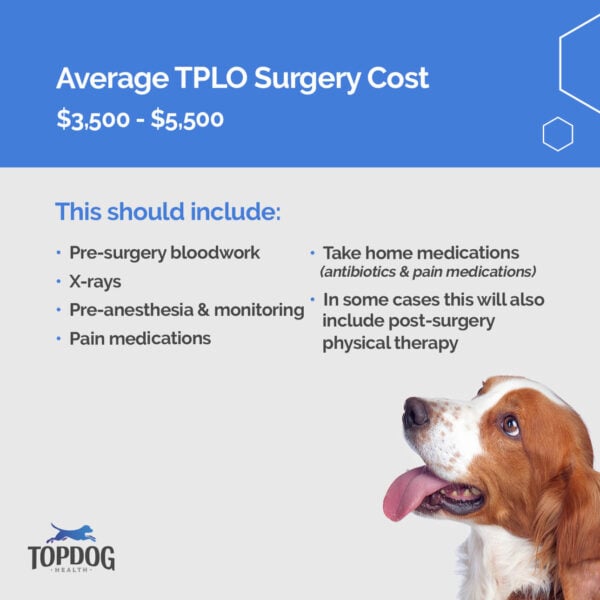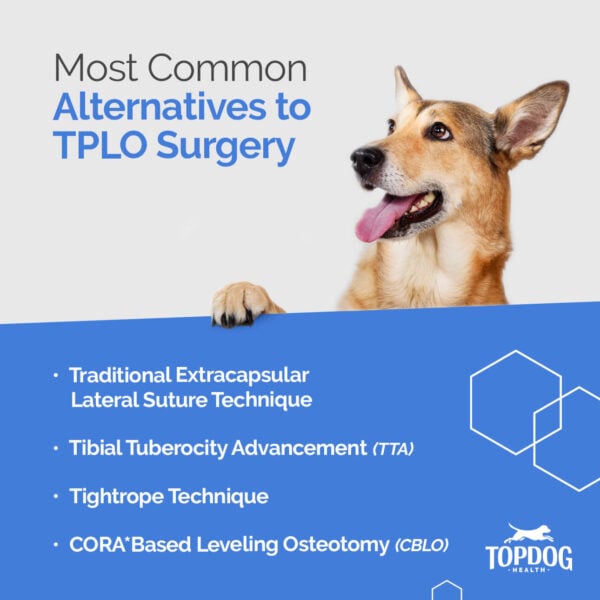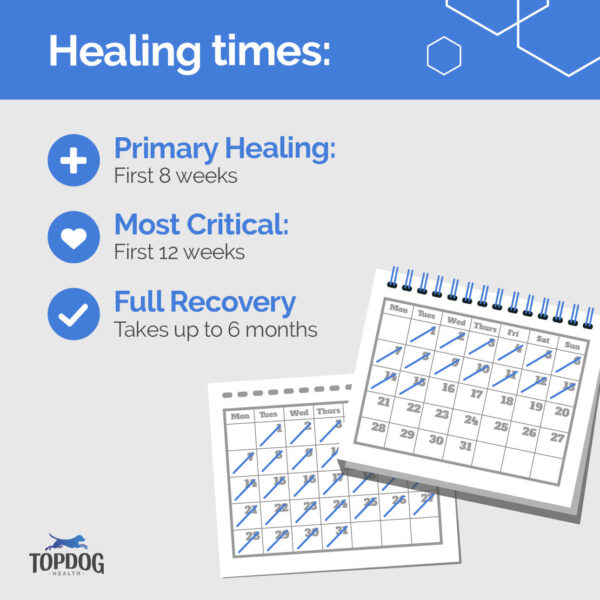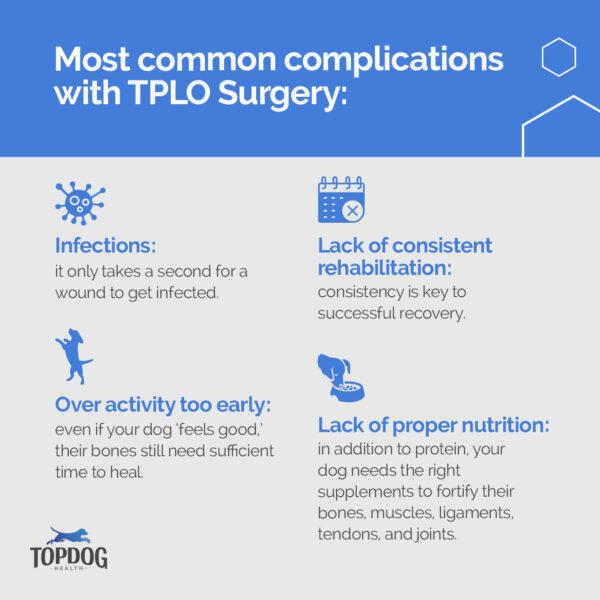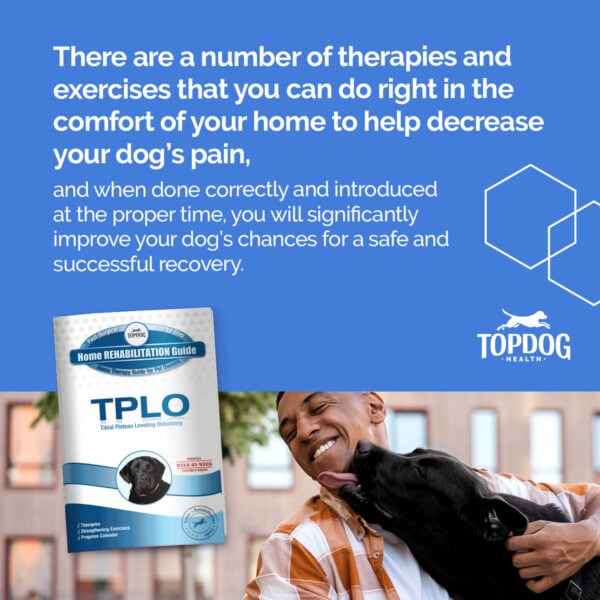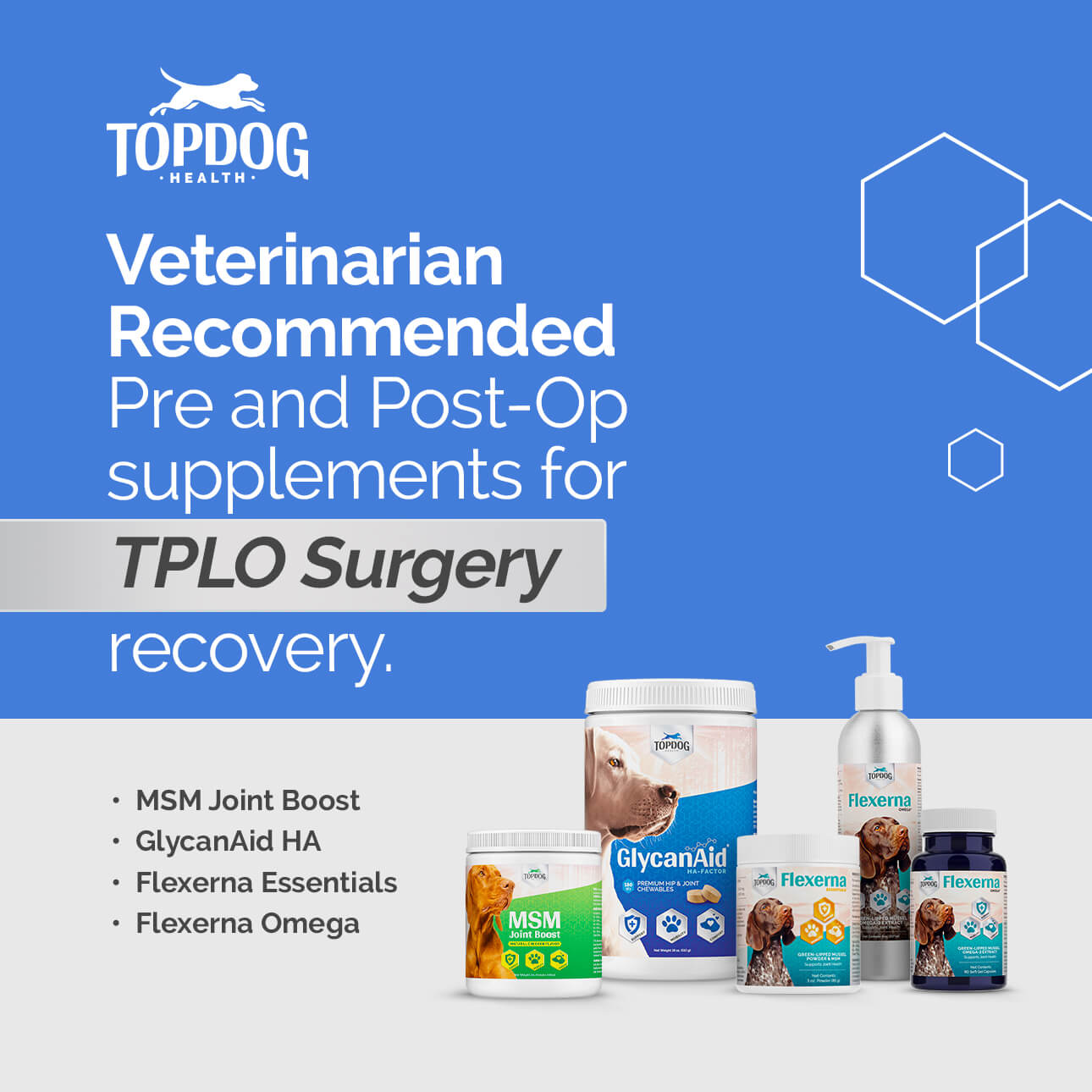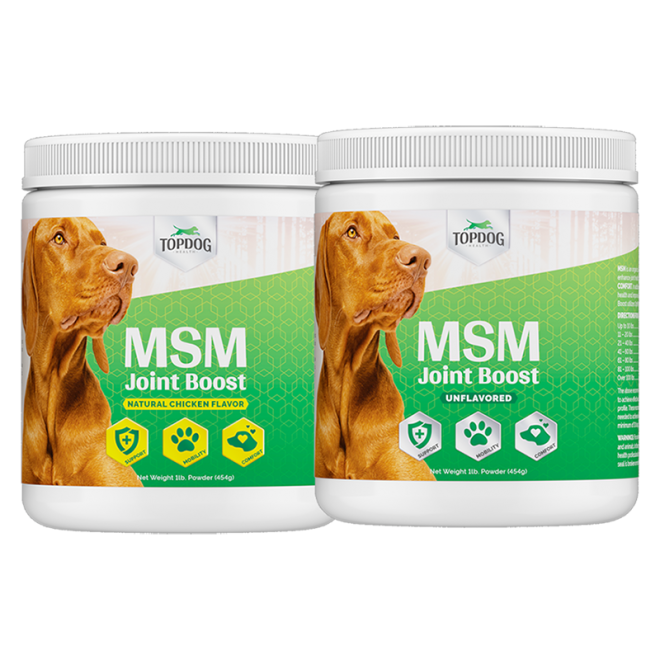The first 12 weeks following the TPLO (Tibial Plateau Leveling Osteotomy) surgery are the most critical time for recovery yet as with many major orthopedic injuries full recovery can take up to 6 months.
As mentioned before the best-case scenario is that you find a professional canine rehabilitation facility in your area and set up an appointment for soon after your dog’s surgery. That being said, you the mom, or dad also need to take it upon yourself to get informed on how you can play an active role in helping your dog recover.
Here at TopDog Health, we have created informative step-by-step guides to help pet owners like yourself learn the essentials on how you can best help your dog after surgery. We call these guides TopDog’s Home Therapy Guides for Pet Owners and we provide the digital/pdf version completely for free to pet owners. You can download your free TPLO Home Therapy Guide here.
There are a number of therapies and exercises that can do right in the comfort of your home to help decrease your dog’s pain and when done correctly and introduced at the proper time, you will significantly improve your dog’s chances for a safe and successful recovery.
Even though the surgery corrected the structural problem quickly, it is the post-surgical therapy and exercises that will truly make the surgery a success.
Remember that like humans, not all dogs recover at the same speed. It is best to be conservative and consistent. RETURN TO TOP



